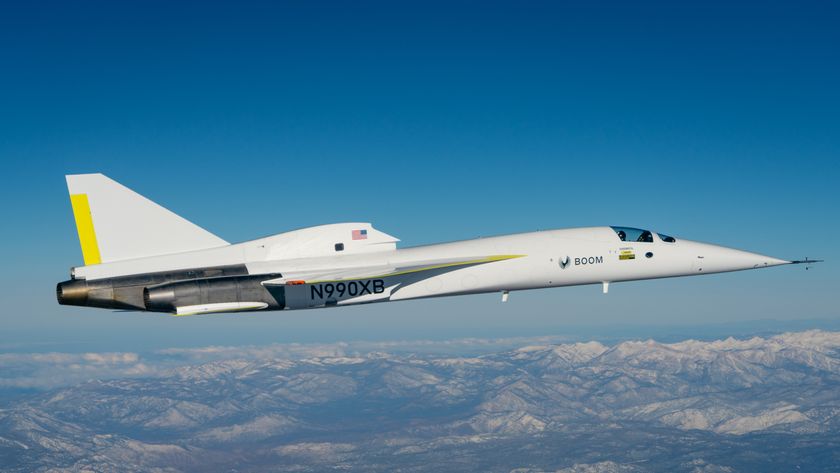Army Looks to Strike Foes with Lightning Weapon

Today's military lasers can blind spy satellites or burn enemy vehicles, but tomorrow's could guide lightning bolts to strike and destroy battlefield targets.
A U.S. Army lab is testing how lasers can create an energized plasma channel in the air — an invisible pathway for electricity to follow. The laser-guided lightning weapon could precisely hit targets such as enemy tanks or unexploded roadside bombs, because such targets represent better conductors for electricity than the ground.
"We never got tired of the lightning bolts zapping our simulated (targets)," said George Fischer, lead scientist on the project at the U.S. Army's Armament Research, Development and Engineering Center at Picatinny Arsenal in New Jersey.
The weapon idea mimics the way that lightning leaps from thunderclouds to strike the ground — the electricity follows the path of least resistance, Fischer explained.
Army researchers used an "ultra-short-pulse laser of modest energy" that keeps the laser beam focused through its own intensity. The laser's electro-magnetic field can harvest electrons from air molecules to create the plasma pathway for electricity to follow.
function reload_quiz_ads(){ reloadScripts(null, ['ad_imgBoard', 'ad_imgViewer']); }
"During the duration of the laser pulse, it can be putting out more power than a large city needs, but the pulse only lasts for two-trillionths of a second," Fischer said.
Sign up for the Live Science daily newsletter now
Get the world’s most fascinating discoveries delivered straight to your inbox.
Such a "laser-induced plasma channel" could also direct high-powered microwave pulses as well as electricity, according to a 2009 Wired article. Microwave pulses have already become weapons in Air Force missiles used to burn out the electronic systems of air defense centers, military jets or drones.
Army soldiers may not get to target enemies with Zeus-like lightning bolts anytime soon — the technology remains a lab prototype. But the idea joins a growing arsenal of possible futuristic weapons such as the Navy's railgun superweapon capable of hurling hypersonic projectiles over 50 to 100 miles, or the Army's hypersonic weapon for striking targets anywhere on Earth within an hour.
This story was provided by InnovationNewsDaily, a sister site to LiveScience. Follow InnovationNewsDaily on Twitter @News_Innovation, or on Facebook.



